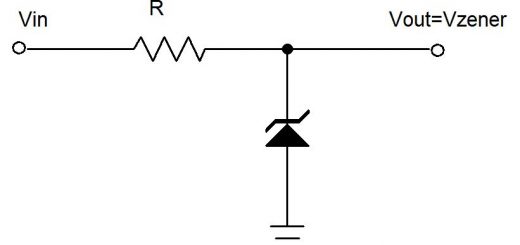What is the Difference Between BJT and FET?
What are the Differences Between BJT and FET?
We have already discussed about the basics of BJT and JFET.
In this post, let us see the comparison of BJT with FET. It is recommended to read about how BJT works and How FET works....
The differences between the Bipolar Junction Transistor and Junction Field Effect Transistor are listed in the following table.
| Bipolar Junction Transistor (BJT) | Field Effect Transistor (FET) |
| Bipolar device. In BJT, the operation is depends upon both minority and majority current carriers. Thus it is known as Bipolar device. |
Uni-polar device. In FET, the operation is depends upon the flow of majority carriers only. Ie holes for P-Channel FET and electrons for N-Channel FET. Therefore they are called as Unipolar devices. |
| Lower switching speed. BJT suffers from minority carrier storage effects. So it has lower switching speed and cut off frequencies. |
Higher switching speed FET does not suffers from minority carrier storage effects. So it has higher switching speed and cut off frequencies. |
| Current controlled device. In BJT, the base current controls the output current. |
Voltage controlled device. In FET, the Gate voltage controls the output current. |
| Less input impedance. The input circuit of BJT is forward biased. So BJT has low input impedance. |
High input impedance The input circuit of FET is reverse biased. So FET exhibits much higher input impedance (>100Mohms) and lower output impedance. As they have high degree of isolation between input and output, FET acts as a buffer amplifier. |
| Comparatively BJT has more noisy operation. | Less noisy FET don’t have junctions and the current conduction is happening through N-type or P-type semiconductor material. So its operation is less noisy. |
| Relatively more affected by radiations Due to reduction in minority carrier lifetime, the performance of BJT is degraded by neutron radiation. |
Less affected. As FET operation does not depends upon the minority carriers, they can tolerate much higher level of radiation. |
| Lesser thermal stability. BJT has a positive temperature coefficient at high current levels. It leads to thermal breakdown. |
More thermal stability. FET has a negative temperature coefficient at high current levels. It prevents the FET from thermal breakdown issue. |
| In IC fabrication, BJTs are occupying more space. | FETs are easier to fabricate and occupying less space. |
| BJTs are cheaper to produce. | Comparatively FETs are more costly. |
Thanks for reading about Difference Between BJT and FET...
Read More:
Adjustable Voltage Regulators For Electronics Mini Projects
Difference between Schottky Diode and PN Junction diode?
How to control Speed of DC series Motor?
Zener Breakdown Vs Avalanche breakdown
Please leave comments below...

